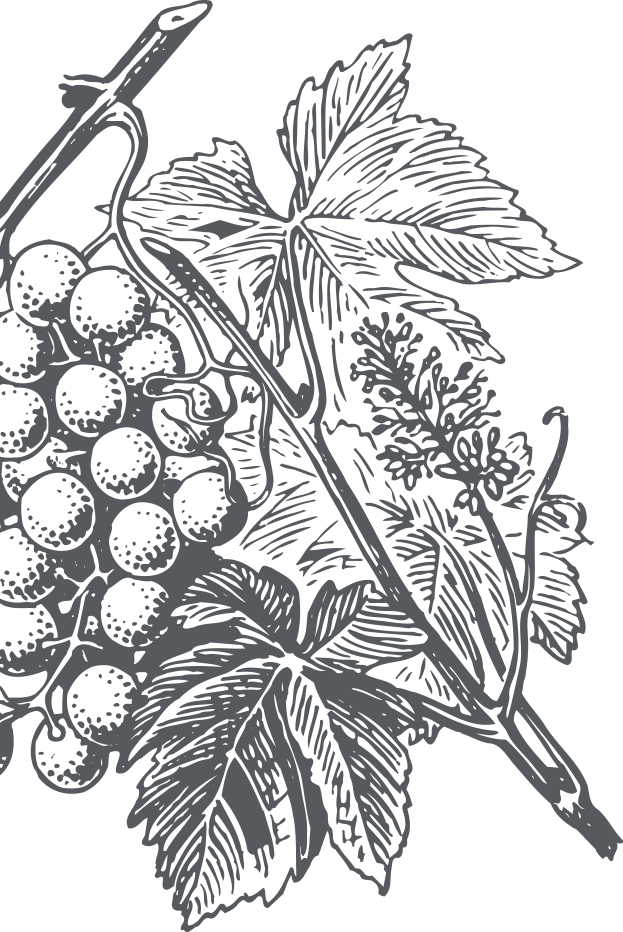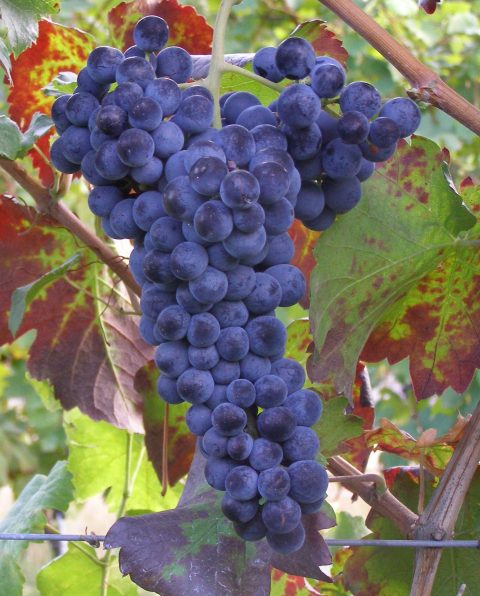Chatus is always associated with the acidic, siliceous soil of the western foothills of the Alps, and can be found from the Maira Valley to the Ossola Valley, proof of its importance in the past. A rustic grape, of medium-high vigour with a good growing-productive balance, output tends to be fairly constant, even when climate conditions vary. The bunch is of average size, with small blue grapes with a very pruinose skin. The Chatus grape ripens rather late, after Barbera but before Nebbiolo, and because it is rich with colour extracts, it produces a wine with an intense colour and good body. It is one of the most promising traditional varieties in oenological terms, and research has shown that it is possible to obtain more or less durable wines for different commercial types, depending on the cellar techniques adopted.




